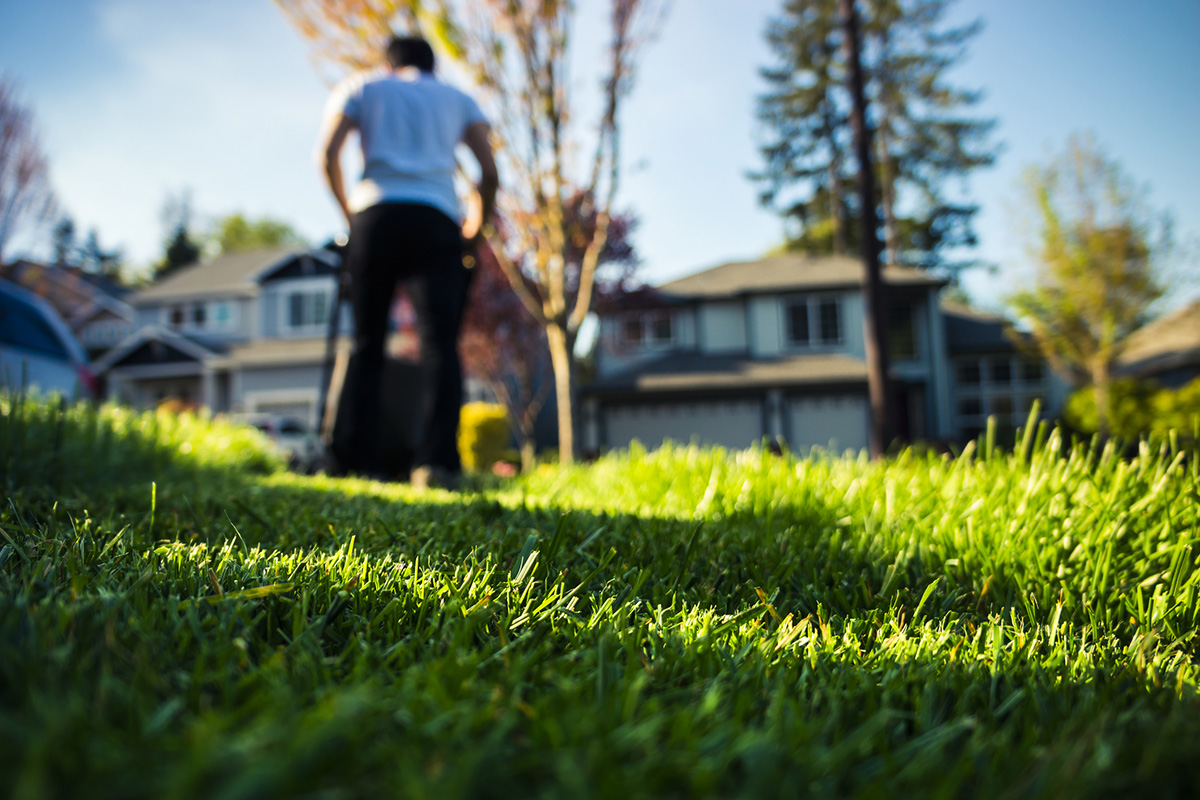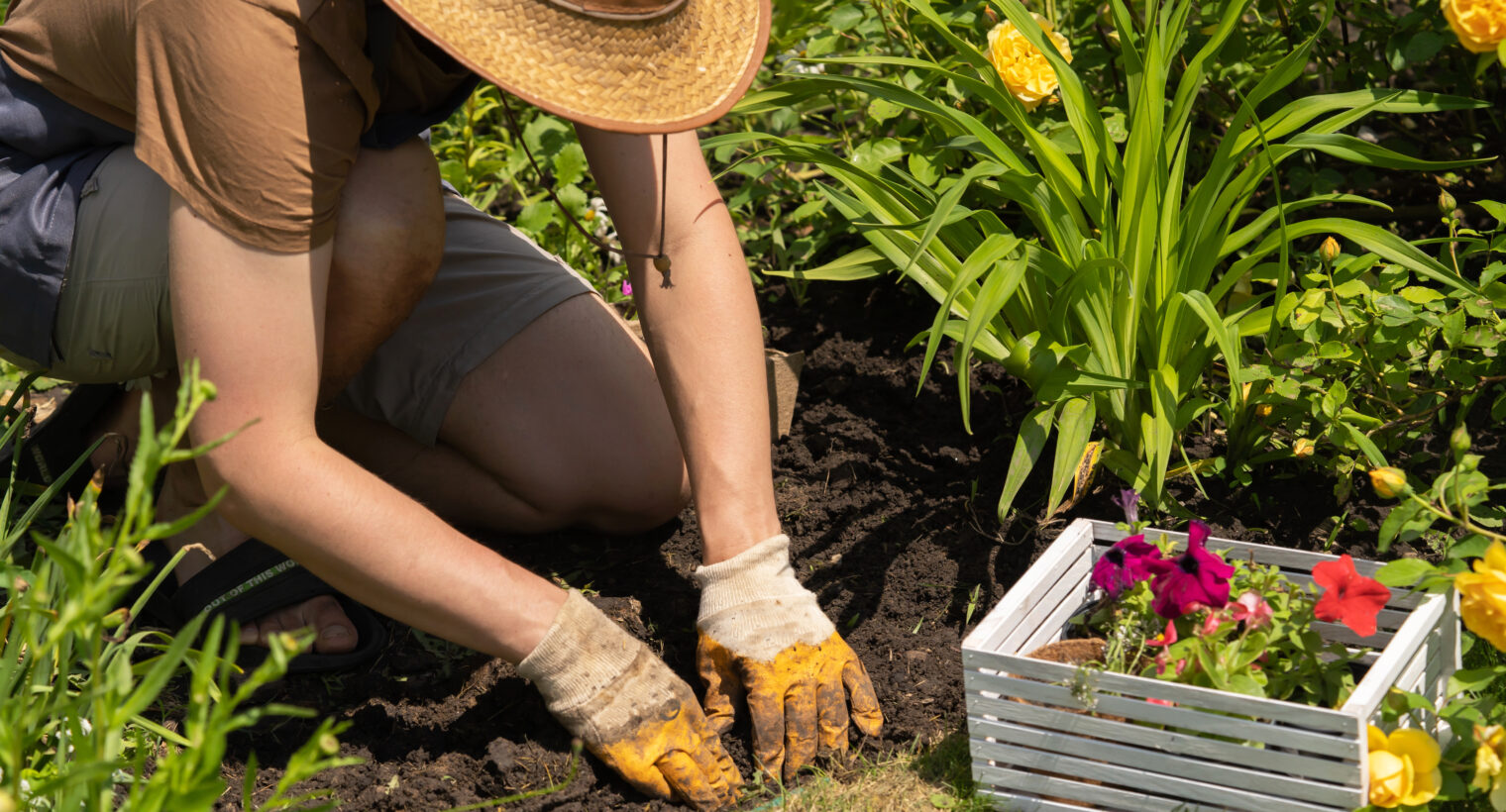By Sally Cunningham
_________________________________
Introducing the Horticulturist
Sally Cunningham will be writing monthly advice for Lakeside Sod and Big yellow Bag customers, with timely guidance for gardeners and homeowners—beginners or advanced. She bases her information on science (mostly Cornell-based), as well as many decades of experience and work in the garden industry. To many in WNY, Sally is familiar as a garden writer (The Buffalo News and Buffalo Spree Magazine), book author (Great Garden Companions, and Buffalo-Style Gardens), CNLP landscape consultant, former Master Gardener, Cornell Cooperative Extension educator, and TV garden advisor (WIVB-TV, channel 4). She leads garden tours in the U.S., Canada, and Europe, and continues to teach gardening and home landscaping to all who care to learn.
_________________________________
What To Do – Early Spring in Western New York
Among all the seasons in our temperate region, Spring is the most volatile. Western New Yorkers often say, “We have no Spring… It goes straight from winter to summer!” More accurately, the weather changes do not move in a straight line, but tease us with back-and-forth, ups-and-downs. So what is an eager gardener or homeowner to do?
Proceed with Caution—Timing is Everything
Many garden and landscape mistakes and failures are about the timing—when to fix soil, plant, prune, or prevent and deal with weeds or animal predators.
Basic Timing Rules for Spring Tasks
1 – Stay off wet soil.
We do lots of harm by compacting our soil (in the lawn, landscape, garden beds, or under trees) when we step on it, drive on it, or till it. Our soil, mostly clay-based, easily compacts and becomes impenetrable for plant roots later. The soil is ready for working, weeding, or planting only when it crumbles in your hands. If it makes a mud-pie, don’t go there. Another clue: Is the garden soil comfortable for your hand a few inches down? Too cold for you = too cold for most young plants.
2 – Protect tender plants.Climate patterns are changing, but you can usually count on some frosts (temperatures around 32 degrees F.) well into late May. That means it is too risky to plant tender vegetables (tomatoes, peppers, beans, squash) and tender annuals (Impatiens, Begonias, and most container plants). Read labels about “Cold Hardiness” or “Planting Times.” You can take more chances with plants you can move inside when nights turn cold. It is also too soon to put most tropical houseplants outside.
3 – Plant Woody Plants (Trees and Shrubs) asap.
If the soil is ready, you (or a landscape professional) can plant these any time. if you purchase bare-root plants, you must plant them before the leaves develop.
4 – Be Patient with Perennials
You may be eager to see which ones are popping up, but be careful: Some perennials (Balloon flowers, some hostas, Asclepias species–Butterfly Weed or Milkweed) show up very late, so don’t step on them or dig over them. Don’t assume plants are dead just because you see only dead sticks–Hardy Hibiscus, for instance.
5 – Gather material for making beds and pots (including the Big Yellow Bag)
While you don’t want to walk on or till the flower or vegetable bed, you can certainly get ready: Order your Big Yellow Bag of garden soil (that you will put on top of, or into, your former garden beds). You can build or buy new enclosed raised beds, that you will fill with garden soil. Dig out your homemade compost, to add to the garden when it’s ready, and re-build your compost pile. Buy more bags of compost as needed. For container plants and boxes, buy potting mix so it’s ready when the tender plants come home.
6 – Block those weeds…
Although you shouldn’t walk on damp garden soil, you may have many chances to either dig up persistent perennial weeds that made it through winter. Or you can smother or block them with solid black plastic or thick cardboard. Within a few weeks they will die or will be severely damaged, and easy to scrape off or pull.
As Grandma said, An ounce of prevention is worth a pound of cure.
7 – And thwart those critters. Put cages, screens, or chicken wire over the emerging daylilies and tulips. Young deer and bunnies are nibbling! I have experienced much success with spreading Milorganite liberally around the outer edges of beds containing hostas, daylilies, and other deer favorites.
So much to do—the whole question is When!
_________________________________
To Prune or Not to Prune
You can master pruning of most home landscape shrubs if you take classes or get a good book, but a new homeowner should not rush out to “trim the bushes” without learning some rules.
Real basic principles:
- (a) Many good shrubs never need pruning, except for the occasional broken or oddly directed branch, or for diseased or infested sections. If the shape is attractive naturally, leave it alone. Do not flat-top flowering shrubs unless you intend to make a hedge (as with boxwood or Taxus.)
- (b) It is a good time (starting in late winter) to prune grapevines, fruit trees, and summer-flowering shrubs—if needed.
- (c ) It is a bad time to prune any flowering shrub that flowers in spring, such as forsythias, lilacs, mock orange, many spiraeas and viburnums. Prune these after they flower.
- (d) Trees: If you have to remove a problematic branch, never cut in the middle of shoot. Leaving a stub produces rot eventually. Only cut just above a branch node or a branch going in the desired direction. Do not climb trees with chain saws or make cuts over your head. When in doubt, hire an arborist or a CNLP.
- (e) Ornamental grasses or multi-stemmed perennials: It is fine to clip them back a couple inches above the new growth.
- (f) Prune roses “when forsythias bloom” (Old Adage), which is usually around May 1st. Earlier pruning may cause die-back when a late freeze hits.
___________________________________
COMING NEXT MONTH
LET’S GO PLANT SHOPPING (THE SMART WAY)
The issue will include:
– Understanding your site—what can you offer a plant? What grows there?
– Reading plant labels: What you see is not always what you get.
– How not to fall in love in the garden center.
– Buy this, not that
AND
– Hydrangea Questions—Answers, Hints, Advice


